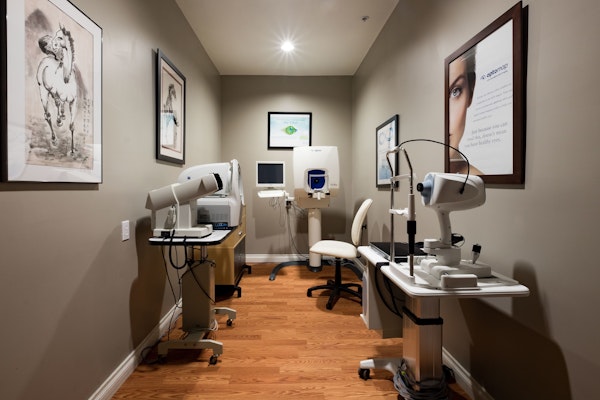Common Glaucoma Myths: Debunked

Glaucoma is a group of eye conditions that can damage the optic nerve. At GW Eye Associates, serving La Jolla, Carmel Valley, and San Diego, CA, we offer comprehensive eye care services and can treat a range of eye conditions.
In this blog post, we discuss glaucoma, debunk some common glaucoma myths, and educate you on the truth about this serious eye condition.
Myth 1: Glaucoma Always Results in Noticeable Symptoms
Because glaucoma typically develops slowly, it may not cause noticeable symptoms in its early stages. This is why it is so important to attend routine eye exams.
This eye condition is most common in older patients, so individuals aged 65 and older who do not possess risk factors for eye disease should undergo a comprehensive eye examination every one to two years. However, those with risk factors, such as diabetes or a family history of eye disease, might require more frequent exams as advised by their eye care professional.
As the disease advances, some signs and symptoms may become apparent, including loss of peripheral vision, blurred vision, eye pain, headaches, halos around lights, difficulty adjusting to dark rooms, and frequent changes in glasses prescription.
Myth 2: All Glaucoma Cases Involve High Intraocular Pressure
Elevated intraocular pressure is a common sign of glaucoma, but not all glaucoma cases involve high intraocular pressure. In normal-tension glaucoma, the optic nerve can be damaged and vision loss can occur despite IOP measurements that are within a normal range.
The exact cause of optic nerve damage in these cases is not entirely understood, but factors such as poor blood flow to the optic nerve, sensitivity of the optic nerve to normal IOP, and other vascular or systemic conditions may contribute to the condition.
Myth 3: There Is a Cure for Glaucoma
Many people assume that there is a cure for glaucoma because there are effective treatment options available. However, the disease can only be controlled and managed. Patients who are diagnosed with glaucoma early can maintain good vision longer than those who go without a diagnosis for a long period of time.
Glaucoma can be treated with eye drops, oral medications, laser surgery, traditional drainage surgery, and drainage implants. The type of treatment that is right for your unique case depends on the type of glaucoma that you have been diagnosed with and how far your disease has progressed.
Myth 4: Only Seniors Have Glaucoma
Younger patients can develop glaucoma, although it is less common in this age group compared to older adults because it is often associated with aging. However, glaucoma can occur at any age, including in children, teenagers, and young adults.
There are several types of glaucoma, and some may have a genetic or hereditary component. Additionally, certain medical conditions, eye injuries, or other factors may contribute to the development of glaucoma in young patients.
Contact GW Eye Associates
If you suspect that you have glaucoma or you are due for a routine eye exam, contact GW Eye Associates today to request an appointment with our team.







